Cabling is the Layer 1 of OSI Model. One of the most important part of a network. With the media the network traffic can travel from one end to the other end. This can be done through wireless networks also. But cabling is always used even if wireless networks are used.
Different networks and interfaces require various cable types. Twisted-pair cables, Optical cables, Coaxial cables are the common cable types.In this article, we will focus on these cable types and we will talk about them detailly.
Table of Contents
Ethernet Cables
To talk about cable types, let’s start with Ethernet Standard. As you know Etehrnet, is one of the Layer 2 standard that is commonly used. There are different cable types that are used with Ethernet Standard. These are:
• Ethernet 10Base-T (10 Mb/s)
• Fast Ethernet 100Base-T (100 Mb/s)
• Gigabit Ethernet 1000Base-T (1000 Mb/s)
• 10 Gigabit Ethernet 10000Base-T (10000 Mb/s)
Ethernet (10Base-T) is provided with Copper Twisted Pair cables. There are two standard for Ethernet (10Base-T):
• 802.3i (10Mb/s – half-duplex)
• 802.3x (10Mb/s – full-duplex)
Fast Ethernet (100Base-T) is know as 802.3u and it has also Half and Full duplex modes. Normally it is used withing 100meters but according to the cable type used, this can be changed. If Multi Mode SFP (Fiber Optic) is used, then this distance can be up to 2km. If Single Mode is used, then the distance can be up to 25 km.
The types of Fast Ethernet are :
• 100Base-TX (Provide by 2 pairs of Twisted Pair), 100m
• 100Base-T4 (Provide by 4 pairs of Twisted Pair), 100m
• 100Base-FX (Provide by Optical Cable), 2km, Multi Mode SFP
• 100Base-FX-SM (Provide by Optical Cable), 25km, Single Mode SFP
Gigabit Ethernet (1000Base-T) is know as 802.3ab and it has only Full-duplex mode. It provides 100 meters with 4 Pair Category 5 (CAT5). But if we use Fiber Optic Multi Mode SFP, then this can be up to 550 meters. And if we use Single Mode this can be up to 70 km. Here, the SFP type is important. Different SFP types even if they are Single Mode, support different distances.
• 1000Base-TX (up to 100m)
• 1000Base-LX (up to 10km)
• 1000Base-SX (up to 550m)
• 1000Base-ZX(up to 70km)
Network Fundamentals
Network Fundamentals – OSI Reference Model
Network Fundamentals – TCP/IP Model
Network Fundamentals – Network Devices
Network Fundamentals – Hubs, Switches and Routers
Network Fundamentals – Network Topologies
Network Fundamentals – Network Cablings


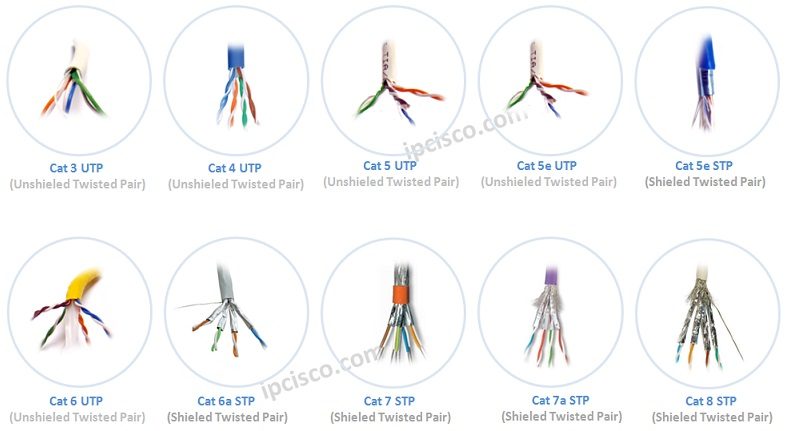

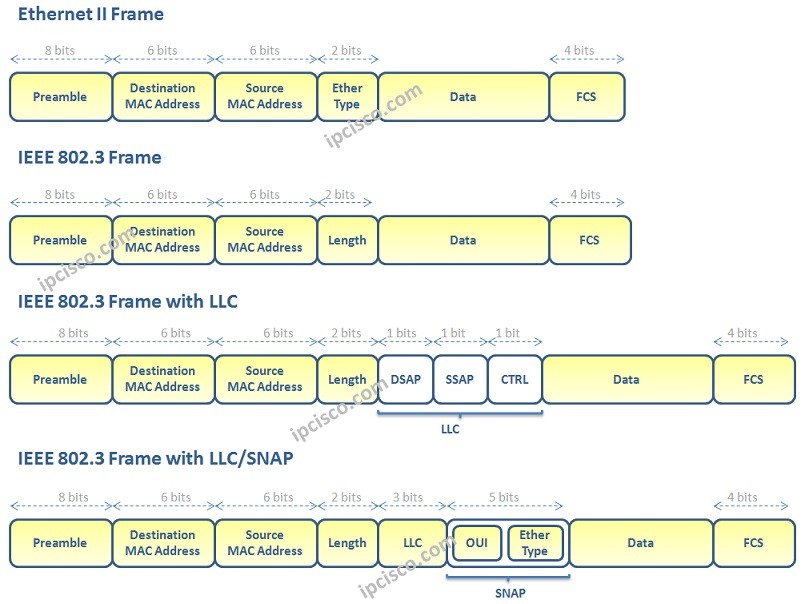

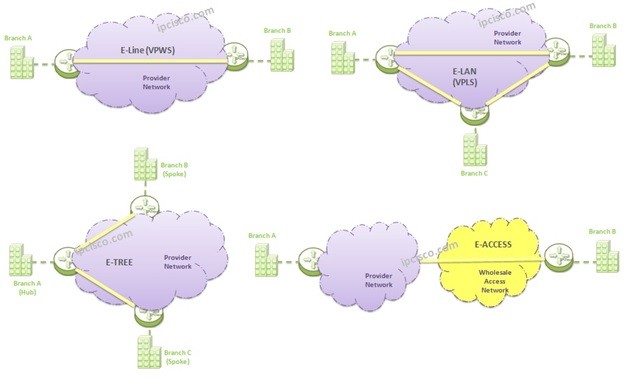
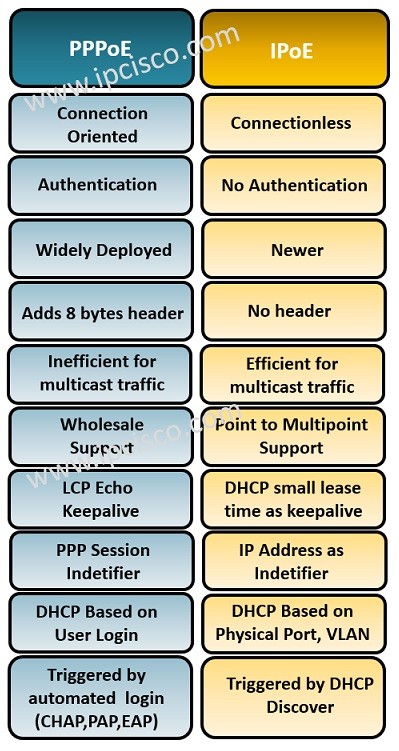


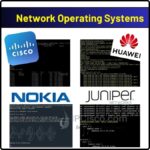
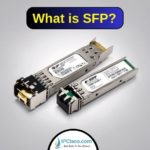


Leave a Reply